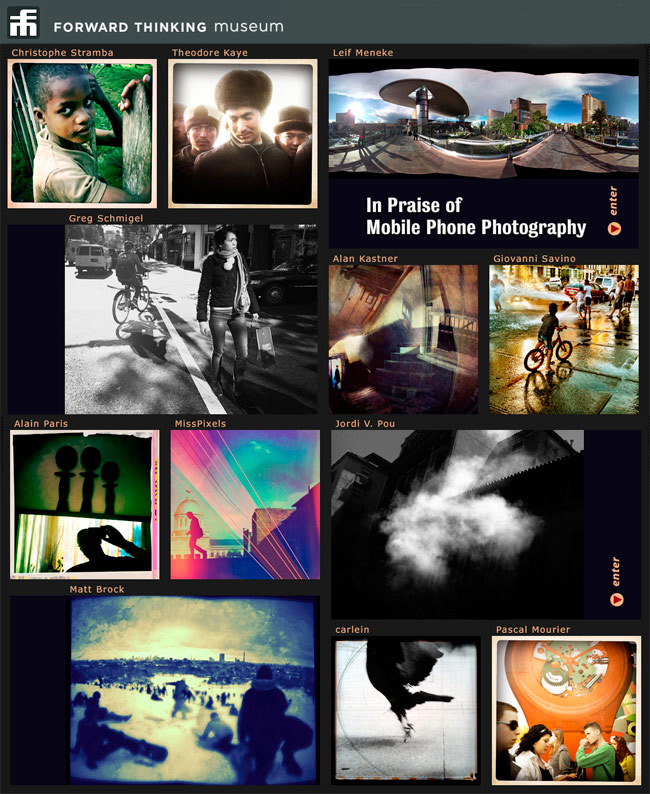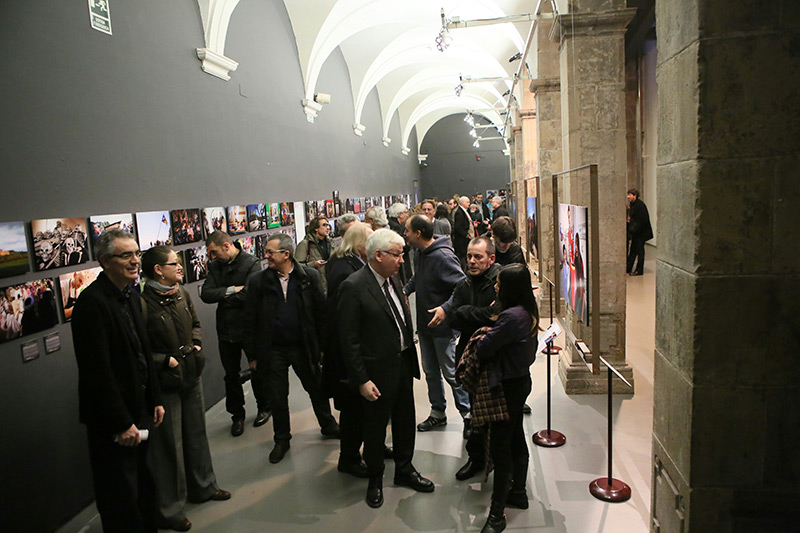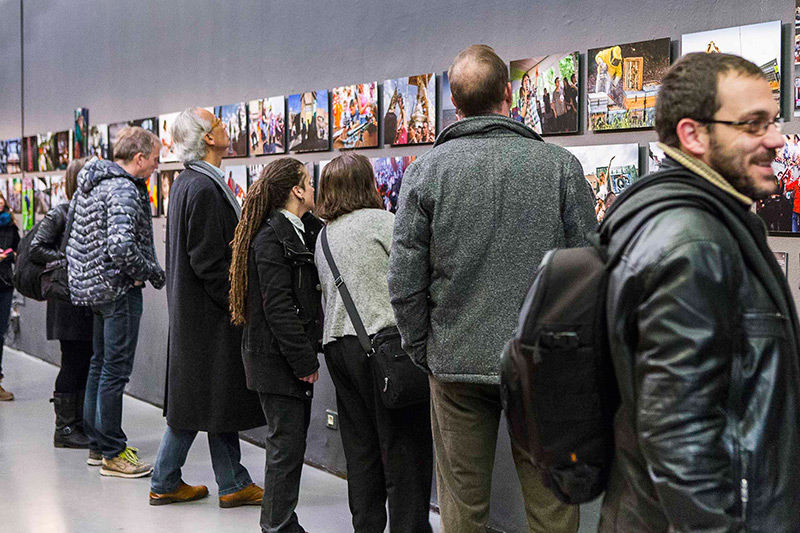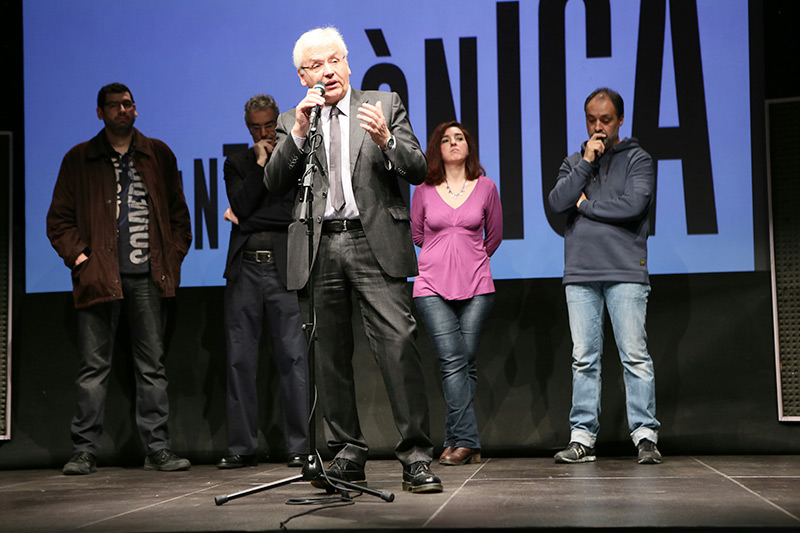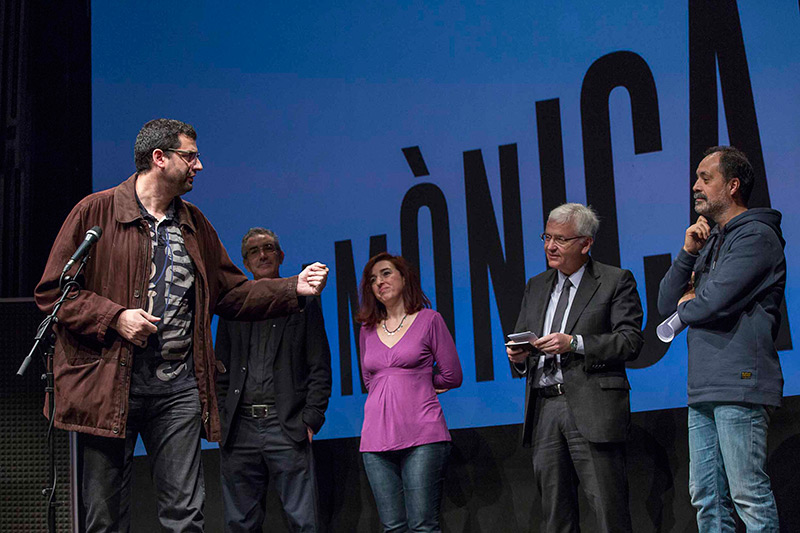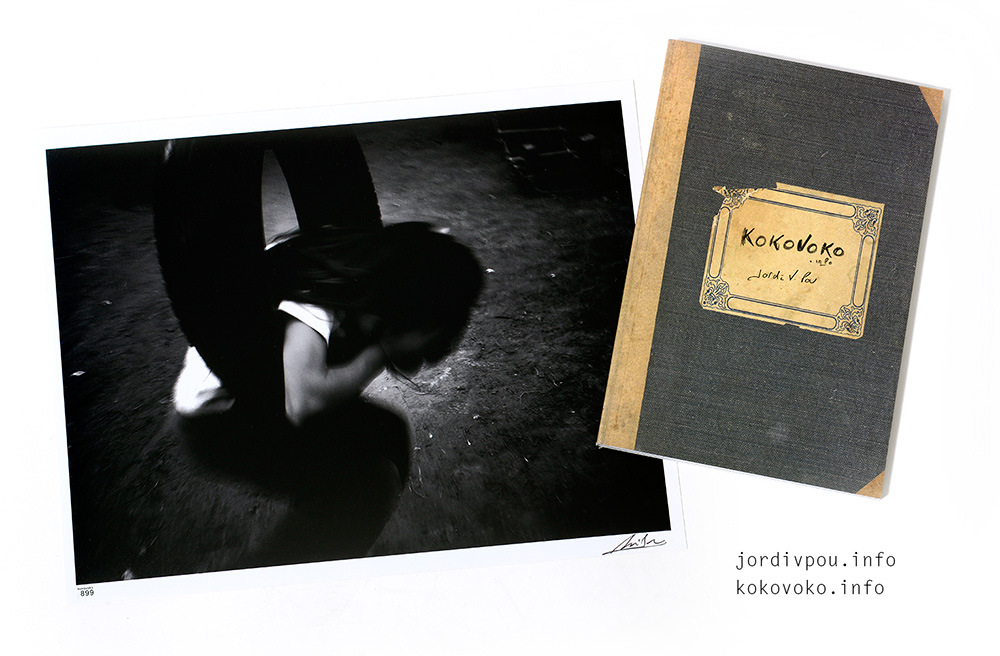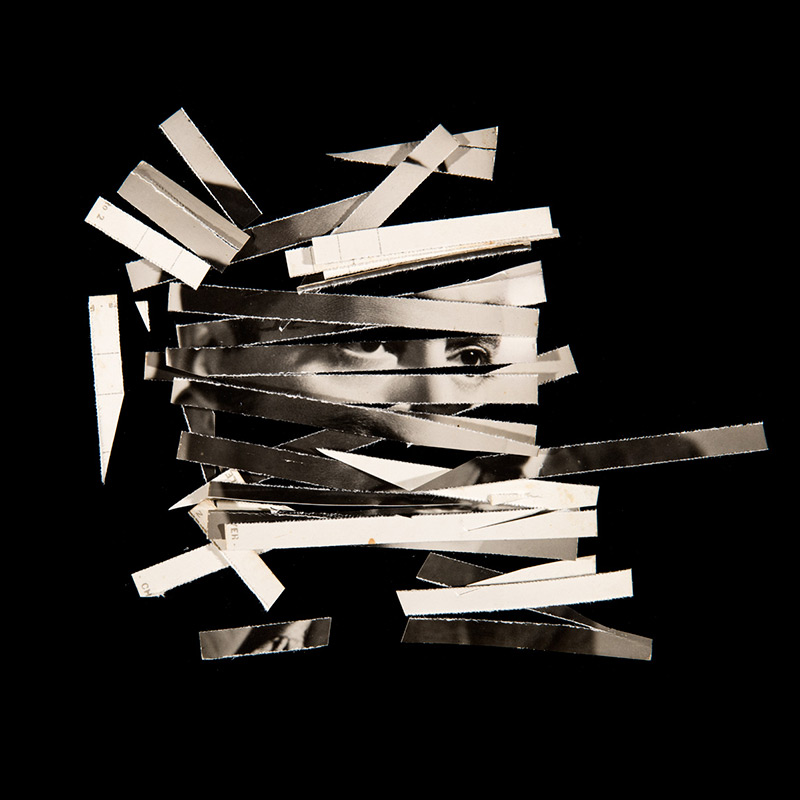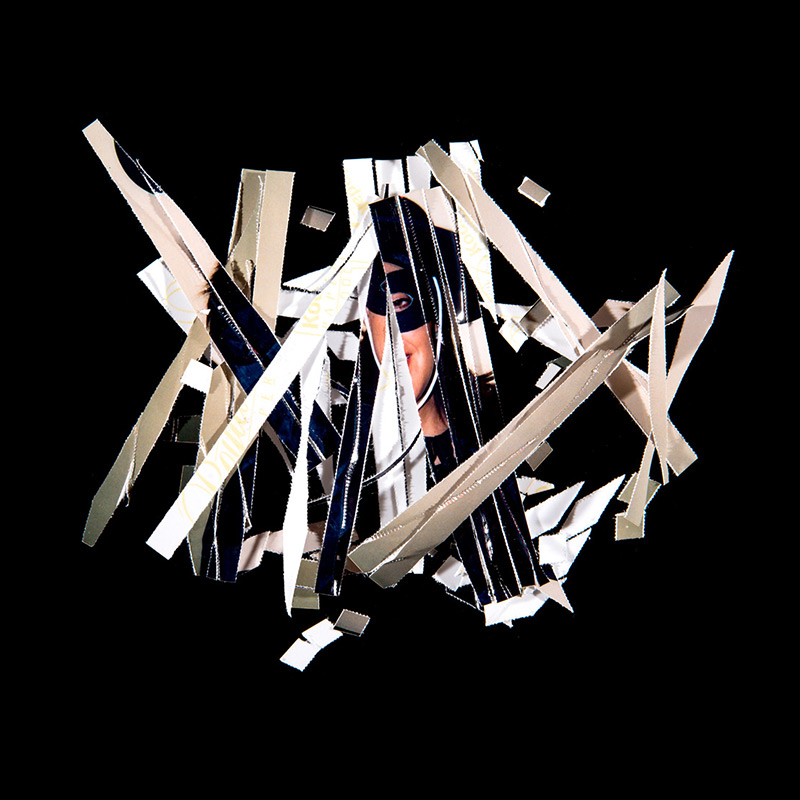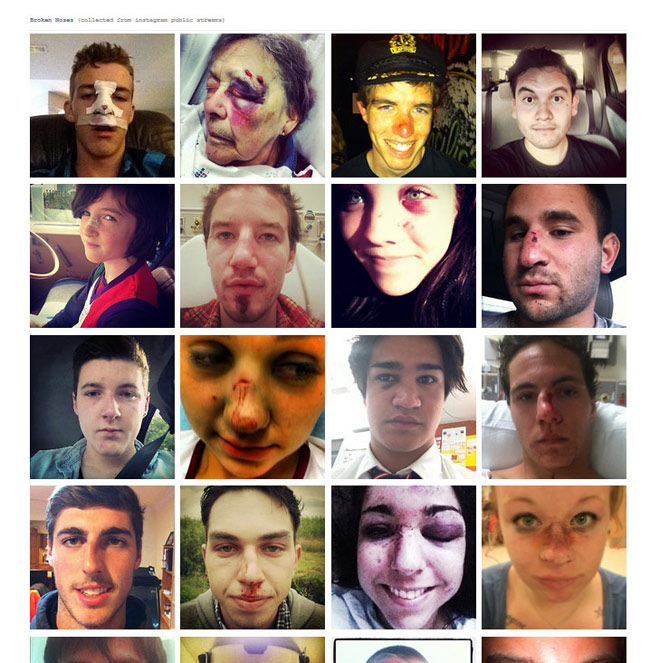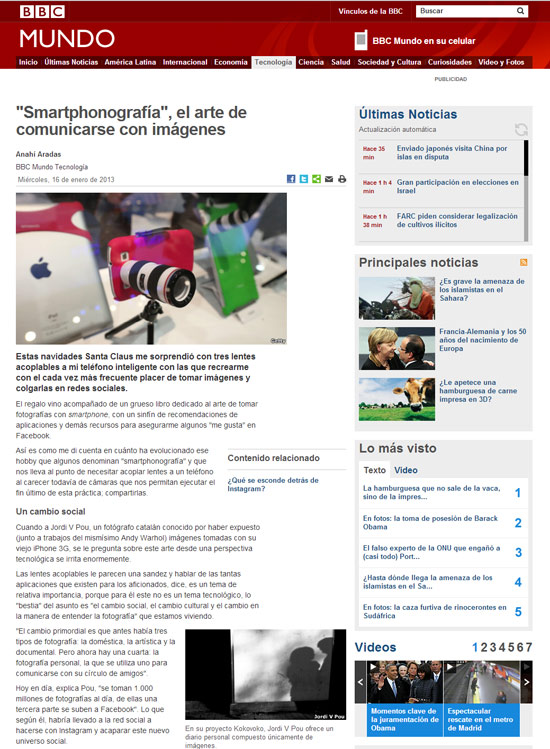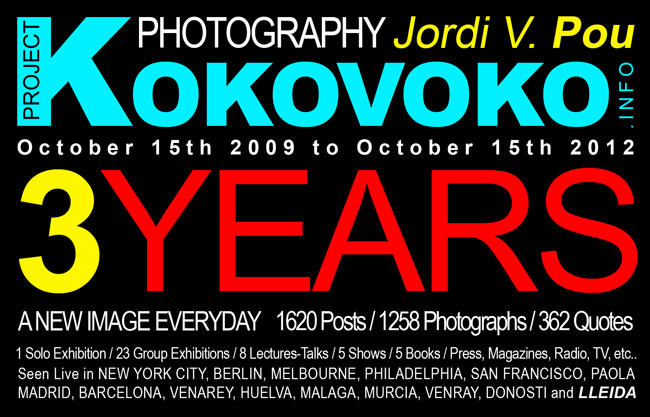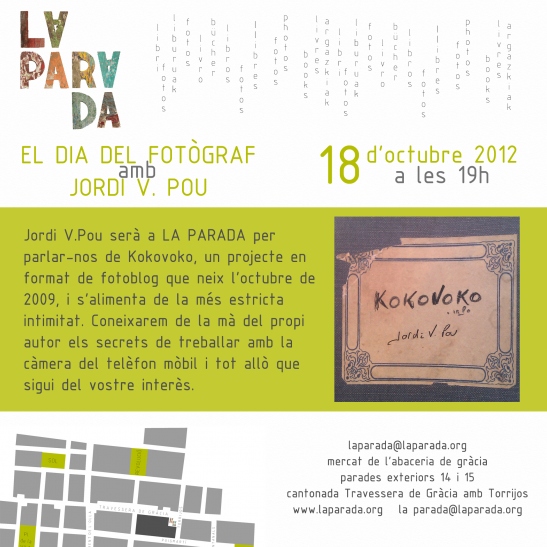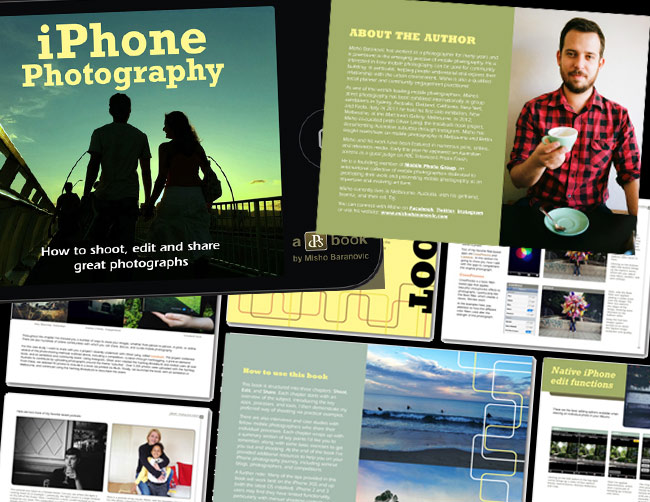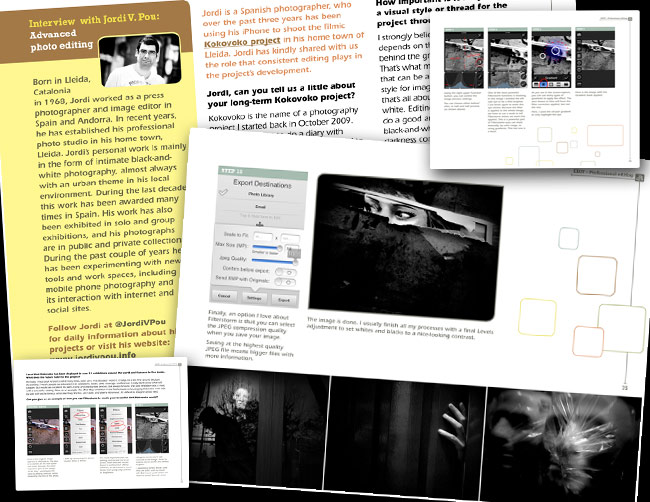Jordi’s Kokovoko work is now included in this online exhibition at the Forward Thinking Museum.
Named “In Praise of Mobile Phone Photography” includes work from twelve internationally selected photographers using an iPhone.
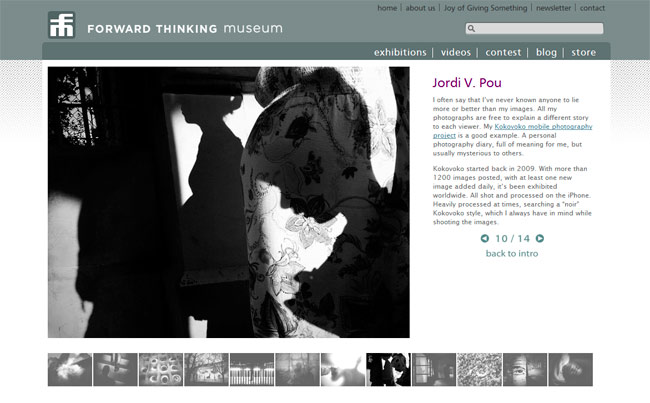
This is the presentation text by curator Peter Fahrni included in the site :
The use of an iPhone has become an extraordinarily liberating experience for many photographers, who – over the course of just a few years – have come to rely on the device as a secondary camera or even as the only one they will ever use. Photojournalists appreciate the low-key exploration of less than friendly territory without police confrontation. For street photographers, the iPhone reduces a sense of “otherness” between a passerby and the photographer with traditional bulky equipment.
As the artist’s ability to see a story and his/her commitment to telling it continues to be one of the strongest motivators for taking pictures, it remains important to find an audience to share that story with. A mobile phone’s inherit connection to the web allows for easy upload to a myriad of social platforms and photo sharing sites. This universal need to participate blurs the lines between the professional and amateur photographer.
The twelve artists in this exhibit happen to share the same hardware – an iPhone – to capture images, but they differ on the specific apps and the extent to which these are used to alter a photograph. Some processes are minimal and replicate digitally what has long been the prerogative of any photographer: to choose between color and black-and-white, to pick a specific camera and lens, which in turn will result in a particular look, or to adjust tonal values in the darkroom. Other modes of in camera processing go beyond image adjustment and enter the realm of image creation. You are about to feast on many layers of innovation in this remarkable group of creative photographers.
– Peter Fahrni, Director, Forward Thinking Museum
